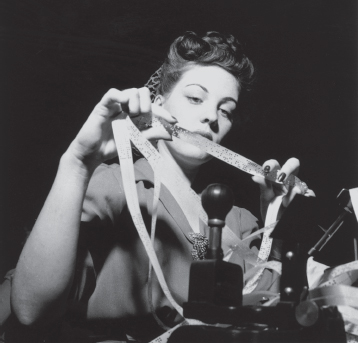Maxwell and Hertz Discover Radio Waves

The key development in wireless transmissions came from James Maxwell, a Scottish physicist who in the mid-1860s theorized the existence of electromagnetic waves: invisible electronic impulses similar to visible light. Maxwell’s equations showed that electricity, magnetism, light, and heat are part of the same electromagnetic spectrum and that they radiate in space at the speed of light, about 186,000 miles per second (see Figure 5.1). Maxwell further theorized that a portion of these phenomena, later known as radio waves, could be harnessed so that signals could be sent from a transmission point to a reception point.
It was German physicist Heinrich Hertz, however, who in the 1880s proved Maxwell’s theories. Hertz created a crude device that permitted an electrical spark to leap across a small gap between two steel balls. As the electricity jumped the gap, it emitted waves; this was the first recorded transmission and reception of an electromagnetic wave. Hertz’s experiments significantly advanced the development of wireless communication.